In the era of growing environmental consciousness and the pursuit of sustainable transportation solutions, new energy electric vans have gained significant popularity. These vehicles offer several advantages, including reduced emissions, lower operating costs, and quieter operation. Eia naʻe, to ensure their optimal performance and longevity, it is essential to understand the proper charging methods and follow the necessary precautions. Let me introduce in detail how new energy electric vans are charged and some important precautions to keep in mind.
For new energy electric vans, there are mainly two charging methods: fast charging and slow charging. Each method has its own characteristics and considerations.
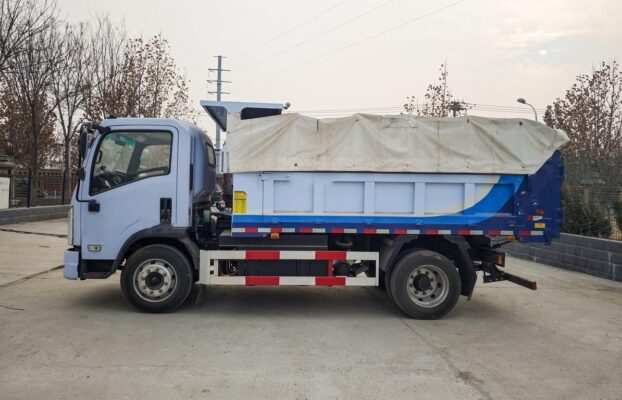
Hoʻouka wikiwiki:
Fast charging must be done at a fast charging pile and uses 380V industrial electricity. In cities where electric vehicles are better promoted, there are still relatively many fast charging piles available. These charging stations are often located in strategic locations such as shopping centers, parking lots, and along major transportation routes. They provide a convenient option for quickly replenishing the battery when needed.
Eia naʻe, in some cities that have not been as actively promoting electric vehicles, the availability of fast charging piles can be limited. This can pose a challenge for electric van owners who may need to plan their routes carefully to ensure access to charging infrastructure. Eia hou, the electricity price at fast charging piles is also relatively high, basically around 1.5 yuan to 2 yuan per kilowatt-hour. This makes charging at fast charging piles less cost-effective compared to slow charging methods.
As a result, fast charging piles are best only used for temporary power replenishment in situations where time is of the essence or when there are no other charging options available. ʻo kahi laʻana, if an electric van is running low on battery while on a long delivery route and there is a fast charging station nearby, it can be a convenient option to quickly add some charge to reach the destination or the next available slow charging location.

Hoʻopi lohi:
Slow charging is a more convenient option for many electric van owners. It can be done using 220V household electricity. This means that if you have access to a standard electrical outlet, you can charge your electric van at home or at your workplace. This provides a great deal of flexibility and convenience, as you don’t have to rely on finding a specific charging station.
If conditions permit, you can also install a slow charging pile by yourself. This can be a more permanent and convenient solution, especially if you have a dedicated parking space for your electric van. The price of a slow charging pile is around 3,000 yuan, and it is relatively safe when installed correctly. Slow charging piles are designed to provide a steady and controlled flow of electricity to the vehicle’s battery, reducing the risk of overcharging or damage.
For new energy electric vans, a more convenient charging method is to use the on-board charging gun for charging. This allows you to plug the charging cable directly into the vehicle’s charging port, making it easy to charge wherever there is an electrical outlet available. Eia naʻe, when using the on-board charging gun, it is crucial to pay attention to safety.
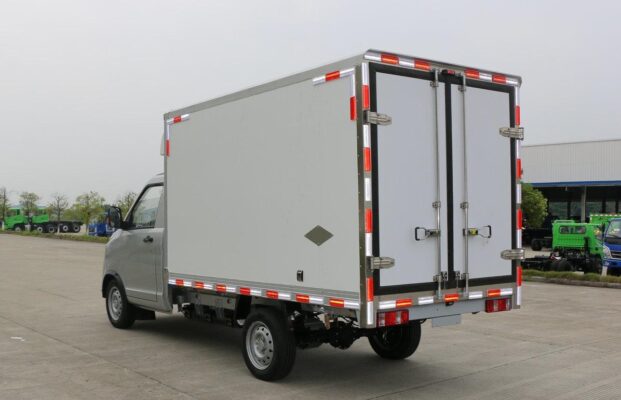
Here are the precautions:
- Before charging, please turn off the engine for one minute:
Turning off the engine and waiting for one minute before charging allows the vehicle’s electrical systems to settle down. This helps prevent any potential electrical surges or issues that could occur during the charging process. It gives the vehicle’s battery management system time to prepare for the incoming charge and ensures a smooth charging process.
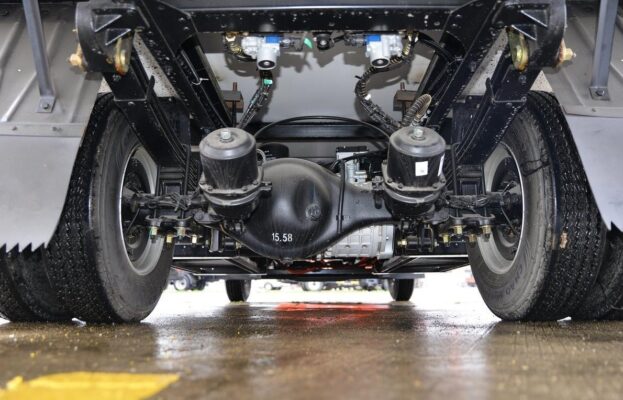
ʻo kahi laʻana, imagine if you were to start charging immediately after turning off the engine without waiting. The sudden change in electrical load could potentially cause stress on the battery and other components, reducing their lifespan or even leading to malfunctions. By waiting for one minute, you give the vehicle a chance to stabilize and prepare for the charging process.
- Make sure the gear lever is in the N position before charging:
Placing the gear lever in the neutral (N) position is essential for safety. When the gear lever is in N, the vehicle’s transmission is disengaged, preventing any accidental movement of the vehicle during charging. This reduces the risk of damage to the charging cable, the vehicle, or any surrounding objects.
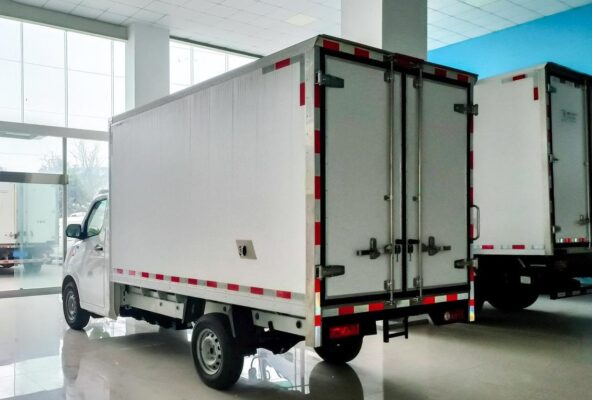
Suppose the gear lever is left in a different position, such as drive or reverse. In this case, there is a possibility that the vehicle could move unexpectedly if there is a malfunction or if someone accidentally activates the accelerator. This could lead to a dangerous situation and damage to the charging equipment and the vehicle.
- When charging, first plug in the plug (charging gun) on the vehicle side, and then plug in the plug on the power supply side for charging:
This sequence of plugging in is important for safety reasons. By plugging in the vehicle-side plug first, you ensure that there is no electrical connection to the power supply until the vehicle is ready to receive the charge. This reduces the risk of electrical shocks or damage to the charging equipment.
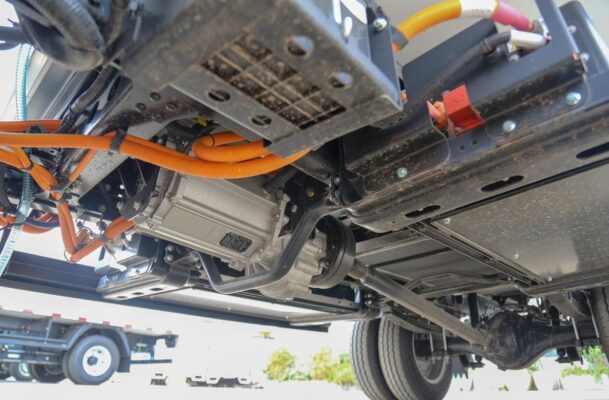
ʻo kahi laʻana, if you were to plug in the power supply side first and then attempt to connect the vehicle-side plug, there could be a risk of arcing or electrical surges as the connection is made. By following the correct sequence, you minimize these risks and ensure a safe charging process.
- The instrument shows that the charging connection symbol is connected, and the charging indicator bar slides up and down. Seeing the total current showing a negative number indicates charging, for example: -5~20A. (The process from being powered on to showing negative current takes about one minute):
Monitoring the instrument panel during charging is crucial to ensure that the charging process is proceeding as expected. The charging connection symbol and the sliding charging indicator bar provide visual cues that the vehicle is properly connected to the power source and is receiving charge.
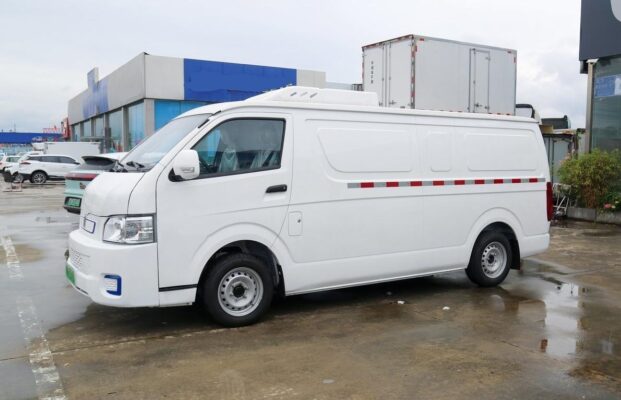
The appearance of a negative total current value indicates that the battery is being charged. This is because during charging, electricity flows into the battery, which is represented by a negative current value. By understanding these indicators, you can quickly identify if there are any issues with the charging process and take appropriate action.
ʻo kahi laʻana, if the instrument panel does not show the expected charging symbols or the current value remains positive or zero, it could indicate a problem with the charging connection or the battery. In such cases, you should disconnect the power supply and check for any faults before attempting to charge again.
- If charging is not completed once, please disconnect the power supply, pull out the gun, and wait for one minute to repeat the above charging process:
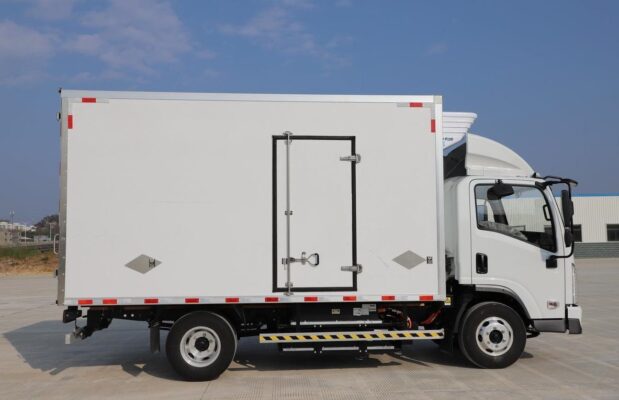
In some cases, the charging process may not be completed successfully on the first attempt. This could be due to various reasons such as a power interruption, a problem with the charging equipment, or an issue with the vehicle’s battery management system. In such situations, it is important to follow the correct procedure to ensure safe and successful charging.
Disconnecting the power supply and pulling out the charging gun safely is the first step. Waiting for one minute allows the vehicle’s systems to reset and any residual electrical charge to dissipate. This helps prevent any potential electrical shocks or damage when attempting to charge again.
ʻo kahi laʻana, if you were to immediately try to restart the charging process without waiting, there could be a risk of electrical arcing or damage to the charging equipment. By following the proper procedure, you increase the likelihood of a successful charging attempt and reduce the risk of damage to the vehicle and the charging system.
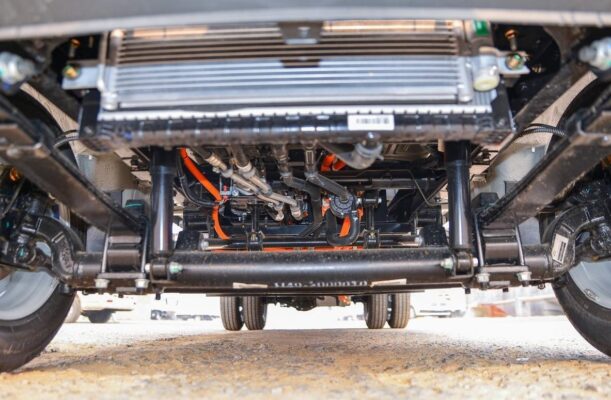
- When charging is completed, first pull out the plug on the power supply side, and then pull out the plug (charging gun) on the vehicle side. Do not plug or unplug while live, otherwise the charging gun or socket will be damaged. Note: Damage to the charging gun due to human reasons is not covered by the warranty:
When the charging process is complete, it is important to follow the correct sequence for unplugging the charging cable. Pulling out the plug on the power supply side first disconnects the electrical source, ensuring that there is no risk of electrical shock when removing the vehicle-side plug.
Doing so in the wrong order or attempting to plug or unplug while the power is still on can cause damage to the charging gun or socket. This not only poses a safety hazard but can also result in costly repairs. Eia hou, it is important to note that damage to the charging gun due to human error is not covered by the warranty, so it is essential to handle the charging equipment with care.
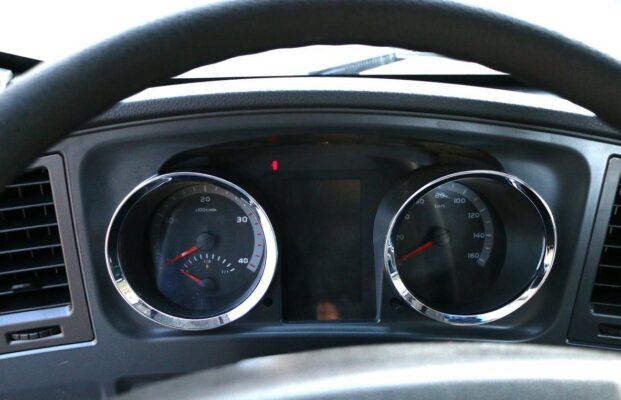
ʻo kahi laʻana, if you were to pull out the vehicle-side plug first while the power is still on, there could be a risk of arcing or electrical damage. This could damage the charging gun or socket and potentially lead to a fire hazard. By following the correct procedure, you can ensure the longevity and safety of the charging equipment.
- When charging, please choose an indoor place or a place with a sunshade and good ventilation for charging as much as possible. Pay attention to the waterproof and freezing protection of the charging plug and socket:
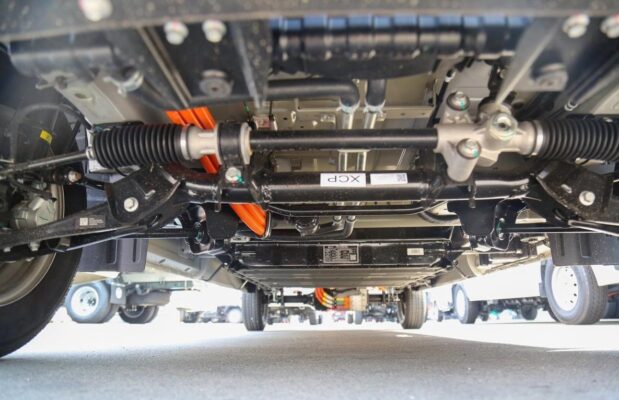
Choosing an appropriate charging location is crucial for the safety and efficiency of the charging process. Charging in an indoor place or a place with a sunshade and good ventilation helps protect the charging equipment from extreme weather conditions. Exposure to direct sunlight, rain, snow, or extreme temperatures can damage the charging cable, plug, and socket, and reduce the lifespan of the battery.
ʻo kahi laʻana, if the charging plug and socket are exposed to rain or water, there is a risk of electrical short circuits and damage to the charging equipment. In cold weather, freezing can also damage the charging components. By choosing a protected location, you can minimize these risks and ensure a safe and reliable charging process.
- Generally, the on-board slow charging power is 3.3KW. Please pay attention to using a three-core national standard socket of 220VAC/16A (similar to an air conditioning socket). The cross-sectional area of the wire connected to the socket should be ≥2.5 square millimeters (preferably 4 square millimeters). This power circuit is equipped with a leakage protector and a ground wire must be installed:
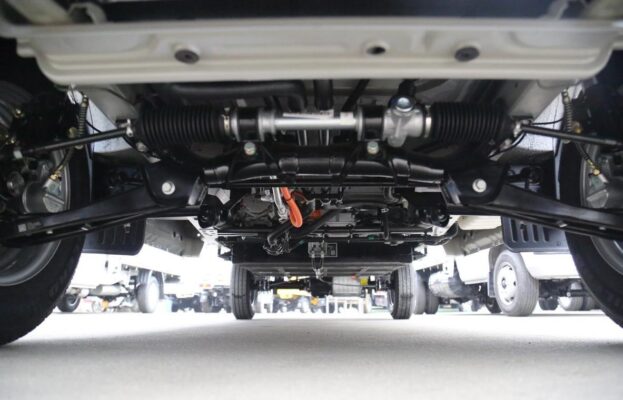
Using the correct electrical socket and wiring is essential for safe and efficient slow charging. The 220VAC/16A three-core national standard socket is designed to handle the power requirements of the on-board slow charger. The wire connected to the socket should have a sufficient cross-sectional area to carry the current without overheating. A cross-sectional area of at least 2.5 square millimeters is recommended, and preferably 4 square millimeters for added safety.
Installing a leakage protector and a ground wire is crucial for electrical safety. The leakage protector detects any abnormal electrical currents and cuts off the power supply to prevent electrical shocks. The ground wire provides a safe path for electrical faults to flow to the ground, reducing the risk of electrical hazards.
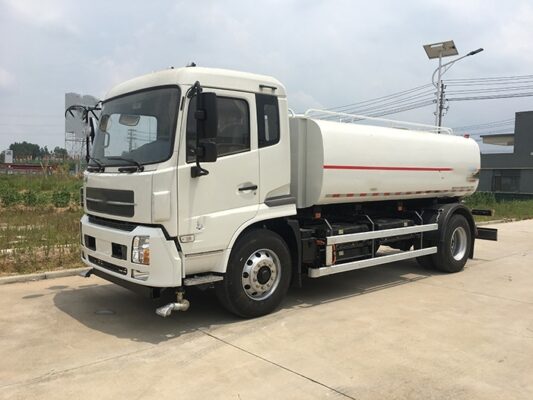
ʻo kahi laʻana, if an improper socket or wiring is used, it could lead to overheating, electrical fires, or damage to the vehicle’s charging system. By following the recommended specifications and installing the necessary safety features, you can ensure a safe and reliable charging process.
I ka hopena, understanding the proper charging methods and following the precautions for new energy electric vans is essential for their safe and efficient operation. By choosing the right charging method, following the correct procedures, and taking care of the charging equipment, you can ensure the longevity and performance of your electric van. Whether you are charging at home or using public charging infrastructure, these guidelines will help you make the most of your electric vehicle and contribute to a more sustainable future.